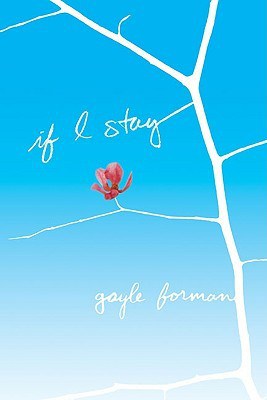 C is a novel that is as enigmatic as its title, which I assumed at first was a reference to the main character’s name, Serge Carrefax. But late in the novel we learn that the Egyptians had a symbol that looks like a C, representing life.
C is a novel that is as enigmatic as its title, which I assumed at first was a reference to the main character’s name, Serge Carrefax. But late in the novel we learn that the Egyptians had a symbol that looks like a C, representing life.
The novel follow’s Carrefax’s life from the age of two until he is in his twenties. Serge seems to view objects as intersections of shapes and angles, but we’re told repeatedly that he can’t see or draw perspective. As a child, he has a strong, competitive relationship with his older, brilliant sister, Sophie. After a tragedy, though, he doesn’t seem to care. Although the book blurb says he is haunted by this relationship, I saw little evidence of that.
The Carrefaxes run a school for the deaf and a silk manufactory. Simeon Carrefax is a micromanager of the school while letting his children virtually run wild. Serge’s mother runs the silk factory. Because of this upbringing among deaf children, I suppose, Serge often misunderstands what is said to him.
The novel is not without humor, including some hilarious descriptions of the school’s yearly pageant, which sounds both impressive and ridiculously pompous. However, Serge’s distance from everything lends the novel a kind of heaviness.
The novel moves through Serge’s fascination with messages, an adolescent obsession with the wireless, to his air force work in World War I, and finally ends with a seemingly pointless posting to Egypt. Throughout the novel, there are many unanswered questions.
This was another novel from my Walter Scott Prize list that was also on my Man Booker Prize list. Although I found the novel interesting, I also found it too detached and perplexing, and the main character not that fascinating, to like very much.
Related PostsSweet Caress
The Essex Serpent
The Summer Before the War
Advertisements Share this:




